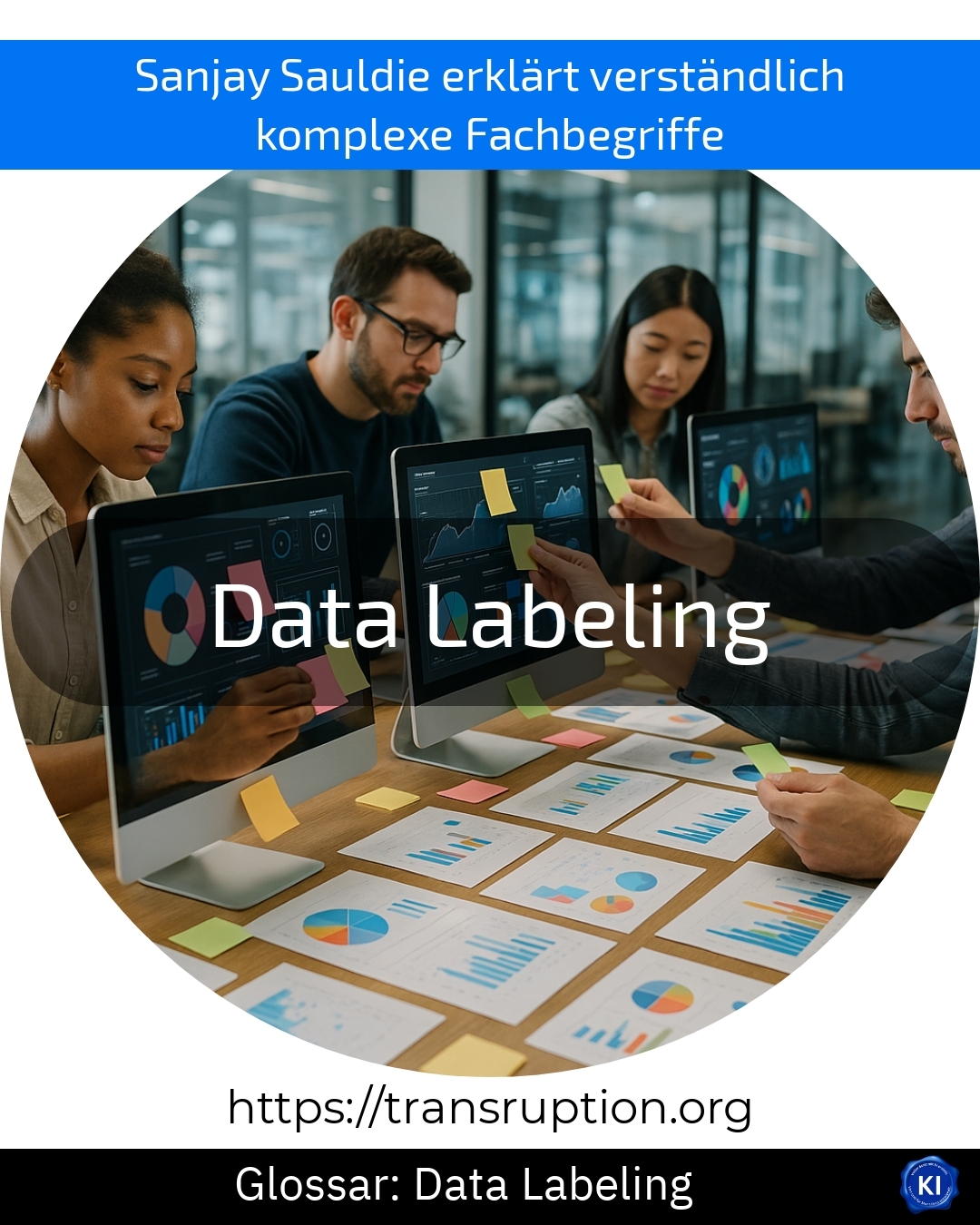Data labelling is a key term in the fields of artificial intelligence, big data, smart data and automation. In order for machines to learn to solve complex tasks or recognise patterns, they need large amounts of data - and this is exactly where data labelling comes into play.
With data labelling, data such as images, text or audio files are provided with clear information (labels). These can be simple labels, such as "dog" or "cat" on a photo. Without these clear categorisations, algorithms would not be able to independently distinguish what can be seen in the images. The quality of the labels therefore has a significant influence on how well artificial intelligence works in practice.
An illustrative example: For an app that automatically recognises photos to determine whether they show an apple or a banana, many images with the respective fruit must first be correctly labelled as "apple" or "banana". Only through this data labelling can the app later determine the correct fruit for new photos.
Data labelling is therefore the basis for many modern technologies - from voice assistants to facial recognition - and is crucial for success in data-driven projects.















